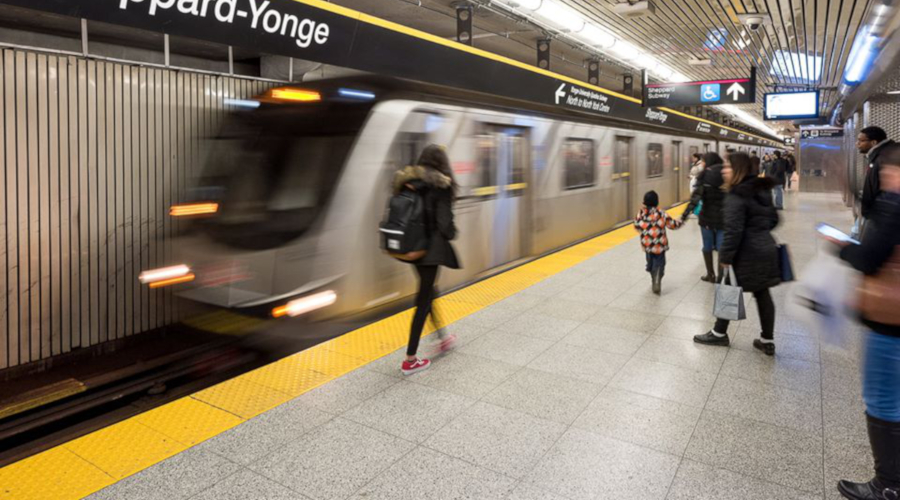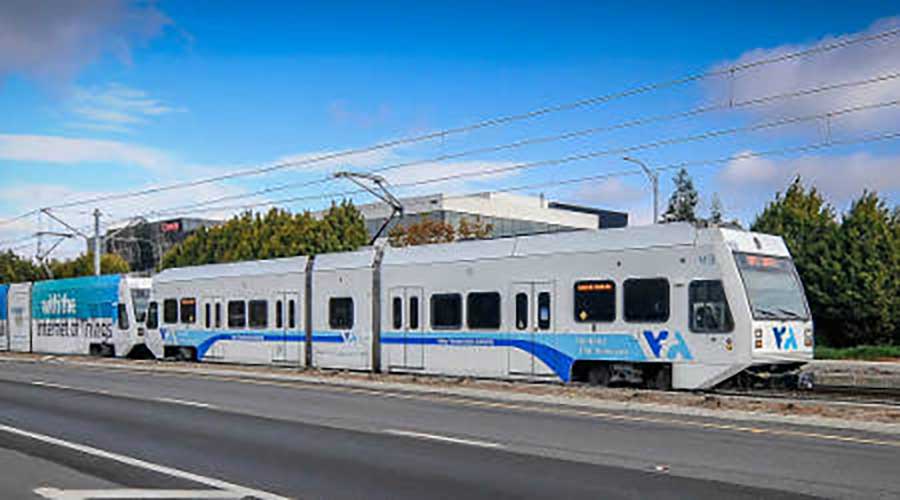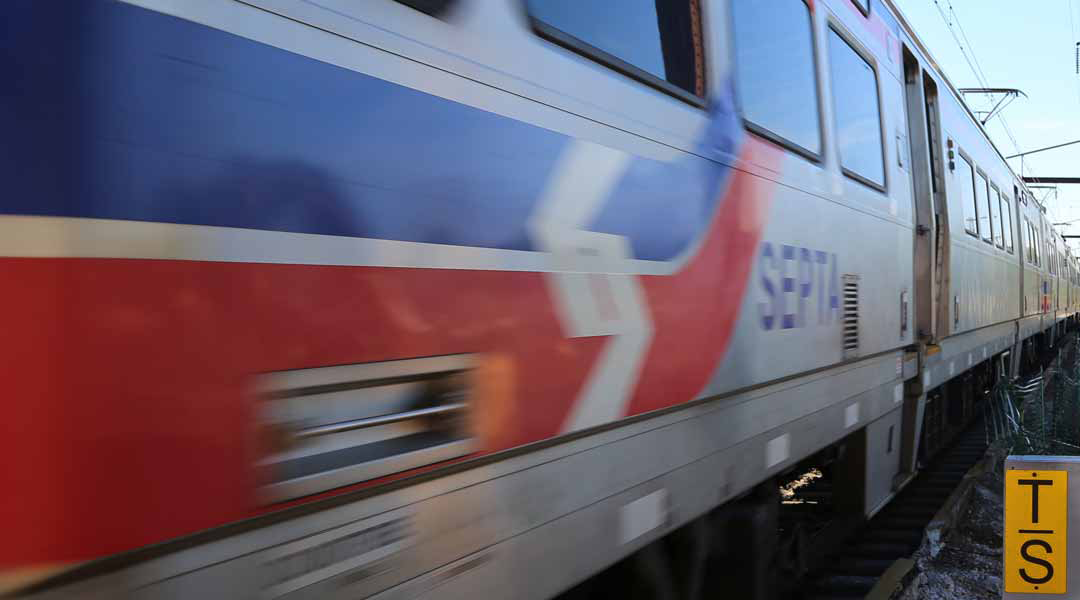Newsletter Sign Up
Stay updated on news, articles and information for the rail industry
Stay updated on news, articles and information for the rail industry
RAIL EMPLOYMENT & NOTICES
Rail News Home
Passenger Rail
Rail News: Passenger Rail
2/18/2002
Rail News: Passenger Rail
U.S. House holds first of three Amtrak hearings
advertisement
The latest round of debate on Amtrak’s future began Feb. 14 when U.S. House of Representatives’ Committee on Transportation and Infrastructure, Subcommittee on Railroads, held a hearing regarding Amtrak Reform Council’s recommendations for the railroad’s restructuring.
Committee Chairman Don Young (R-Alaska) opened the hearing by commending ARC for its efforts, and stressing that its report recognizes the "unfortunate realities" of Amtrak’s continued management and operating problems, outlines a number of policy goals and makes concrete suggestions.
"It suggests that we look at separating Amtrak the operating company from infrastructure responsibilities, especially in the Northeast Corridor," said Young in his testimony. "This idea may have merit."
ARC Chairman Gil Carmichael then described the council’s proposals and the means by which members came to their conclusions — including Department of Transportation Inspector General’s recent report stating Amtrak is no closer to operational self-sufficiency than it was in 1997, and Amtrak’s own Feb. 1 statement claiming that unless it received $1.2 billion in federal funds in fiscal-year 2003, it would eliminate unprofitable routes.
"Sadly, Amtrak has proven that it cannot concentrate on its core mission of running trains and running them well," said Carmichael. "Under current law, there is no one who can hold the railroad accountable."
Carmichael also reminded hearing attendees that Amtrak Reform and Accountability Act (ARAA), which created ARC and mandated Amtrak to achieve operational self-sufficiency in five years’ time, also allowed Amtrak to access $2.3 billion from the Taxpayers Relief Act for a "tax refund" for capital improvements.
ARAA also provided Amtrak with an authorization for about $1 billion per year for five years.
"For whatever reason, Amtrak chose not to ask for an appropriation equivalent to what had been authorized in the first or any succeeding year — until now," said Carmichael, adding that doing so might have established a benchmark appropriation, which, in turn, might have helped address much of Amtrak’s infrastructure needs then and in subsequent years.
"Frankly, Mr. Chairman, I was a little surprised to hear Amtrak blame Congress for not providing enough funding in their press conference Feb. 1," he said.
Additional committee hearings will be held March 6, to examine the successes and failures of Amtrak and ARAA, and April 11, to debate what U.S. passenger rail should look like in the future.
Meanwhile, Congress isn’t sitting idly by or waiting for the House subcommittee to figure out what to do with Amtrak.
Sen. John McCain (R-Ariz.) Feb. 15 introduced Senate Bill 1958, which is designed to eatablish a restructured and rationalized passenger rail system that provides efficient service on viable routes; eliminate budget deficits and management inefficiencies through the establishment of an Amtrak Control Board; enable Amtrak’s privatization; to increase the role of state and private entities in rail passenger service; and promote competition and improve rail passenger service opportunities.
McCain believes his bill offers a different approach that would promote rail service on viable routes or where states would provide support in places intercity rail would be considered a necessary form of public transportation.
But he asserts that his plan is not the only one to consider — several ideas have been offered over the past several years, including ARC’s — contending that Amtrak, as it stands, must change.
"The ARC, the DOT-IG, the General Accounting Office and others warned us that Amtrak was not going to live up to the rosy scenarios it had been painting over the past several years," said McCain, when introducing his bill. "Ironically, while we are criticizing private auditors for failing to ensure disclosure of the true financial picture of Enron, Congress has had clear indications from public auditors that Amtrak was not financially solvent, but chose to ignore those warnings."
S. 1958 would create an Amtrak Control Board charged with addressing Amtrak’s financial state and facilitating its privatization, and directing the secretary of transportation to establish a Rail Passenger Development and Franchising Office within Federal Railroad Administration. Privatization could begin as early as Oct. 1, 2003.
In addition, Amtrak would be divided into three separate, for-profit subsidiaries with transparent accounting systems: Amtrak Operations, Amtrak Maintenance, and Intercity Rail Reservations. Each subsidy would be privatized no more than four years after enactment.
Other provisions would require states to play a greater role in supporting routes where revenues don’t cover expenses, enabling those governments to use highway trust funds for rail passenger service, and authorize funding to address passenger security and tunnel life-safety needs, as well as funding for Amtrak operating and Railroad Retirement obligations on a sliding scale. The secretary of transportation would authorize funds to address capital costs and the backlog of infrastructure investment needed to bring Northeast Corridor to a state of good repair.
In exchange for eliminating financial obligations, Amtrak would relinquish rights to and ownership of Northeast Corridor, for which DOT secretary already holds a 999-year mortgage.
Committee Chairman Don Young (R-Alaska) opened the hearing by commending ARC for its efforts, and stressing that its report recognizes the "unfortunate realities" of Amtrak’s continued management and operating problems, outlines a number of policy goals and makes concrete suggestions.
"It suggests that we look at separating Amtrak the operating company from infrastructure responsibilities, especially in the Northeast Corridor," said Young in his testimony. "This idea may have merit."
ARC Chairman Gil Carmichael then described the council’s proposals and the means by which members came to their conclusions — including Department of Transportation Inspector General’s recent report stating Amtrak is no closer to operational self-sufficiency than it was in 1997, and Amtrak’s own Feb. 1 statement claiming that unless it received $1.2 billion in federal funds in fiscal-year 2003, it would eliminate unprofitable routes.
"Sadly, Amtrak has proven that it cannot concentrate on its core mission of running trains and running them well," said Carmichael. "Under current law, there is no one who can hold the railroad accountable."
Carmichael also reminded hearing attendees that Amtrak Reform and Accountability Act (ARAA), which created ARC and mandated Amtrak to achieve operational self-sufficiency in five years’ time, also allowed Amtrak to access $2.3 billion from the Taxpayers Relief Act for a "tax refund" for capital improvements.
ARAA also provided Amtrak with an authorization for about $1 billion per year for five years.
"For whatever reason, Amtrak chose not to ask for an appropriation equivalent to what had been authorized in the first or any succeeding year — until now," said Carmichael, adding that doing so might have established a benchmark appropriation, which, in turn, might have helped address much of Amtrak’s infrastructure needs then and in subsequent years.
"Frankly, Mr. Chairman, I was a little surprised to hear Amtrak blame Congress for not providing enough funding in their press conference Feb. 1," he said.
Additional committee hearings will be held March 6, to examine the successes and failures of Amtrak and ARAA, and April 11, to debate what U.S. passenger rail should look like in the future.
Meanwhile, Congress isn’t sitting idly by or waiting for the House subcommittee to figure out what to do with Amtrak.
Sen. John McCain (R-Ariz.) Feb. 15 introduced Senate Bill 1958, which is designed to eatablish a restructured and rationalized passenger rail system that provides efficient service on viable routes; eliminate budget deficits and management inefficiencies through the establishment of an Amtrak Control Board; enable Amtrak’s privatization; to increase the role of state and private entities in rail passenger service; and promote competition and improve rail passenger service opportunities.
McCain believes his bill offers a different approach that would promote rail service on viable routes or where states would provide support in places intercity rail would be considered a necessary form of public transportation.
But he asserts that his plan is not the only one to consider — several ideas have been offered over the past several years, including ARC’s — contending that Amtrak, as it stands, must change.
"The ARC, the DOT-IG, the General Accounting Office and others warned us that Amtrak was not going to live up to the rosy scenarios it had been painting over the past several years," said McCain, when introducing his bill. "Ironically, while we are criticizing private auditors for failing to ensure disclosure of the true financial picture of Enron, Congress has had clear indications from public auditors that Amtrak was not financially solvent, but chose to ignore those warnings."
S. 1958 would create an Amtrak Control Board charged with addressing Amtrak’s financial state and facilitating its privatization, and directing the secretary of transportation to establish a Rail Passenger Development and Franchising Office within Federal Railroad Administration. Privatization could begin as early as Oct. 1, 2003.
In addition, Amtrak would be divided into three separate, for-profit subsidiaries with transparent accounting systems: Amtrak Operations, Amtrak Maintenance, and Intercity Rail Reservations. Each subsidy would be privatized no more than four years after enactment.
Other provisions would require states to play a greater role in supporting routes where revenues don’t cover expenses, enabling those governments to use highway trust funds for rail passenger service, and authorize funding to address passenger security and tunnel life-safety needs, as well as funding for Amtrak operating and Railroad Retirement obligations on a sliding scale. The secretary of transportation would authorize funds to address capital costs and the backlog of infrastructure investment needed to bring Northeast Corridor to a state of good repair.
In exchange for eliminating financial obligations, Amtrak would relinquish rights to and ownership of Northeast Corridor, for which DOT secretary already holds a 999-year mortgage.


 2025 MOW Spending Report: Passenger-rail programs
2025 MOW Spending Report: Passenger-rail programs
 Gardner steps down as Amtrak CEO
Gardner steps down as Amtrak CEO
 Guest comment: Oliver Wyman’s David Hunt
Guest comment: Oliver Wyman’s David Hunt
 Women of Influence in Rail eBook
Women of Influence in Rail eBook
 railPrime
railPrime







